DROPS Nepal
The perfect every day yarn!
from:
13RON
per 50 g
Content: 65% Wool, 35% Alpaca
Yarn Group:
C (16 - 19 stitches)
/ 10 ply / aran / worsted
Weight/length: 50 g = approx 75 m
Recommended needle size: 5 mm
Knitting tension: 10 x 10 cm = 17 sts x 22 rows
Care: Hand Wash, max 30°C / Dry Flat
/ Feltable
Superwash: no
Made in: Peru
Raw material origin: Alpaca and wool from South America
This yarn has an Oeko-Tex® certification (certificate number 23.HPE.36896), Standard 100, Class II from the Hohenstein Institute. This means that is has been tested for harmful substances and is considered safe in human-ecological terms. Class II means the yarn is suitable to come in direct contact with the skin to a large extent, such as blouses, shirts, mattresses, etc.
DROPS Nepal is a chunky and luxurious yarn, spun in 35% superfine alpaca and 65% wool, a mix that accentuates the softness of alpaca while the wool contributes to the garments’ shape stability. Both fibers are untreated, which means that they are only washed and not exposed to any chemical treatment prior to the dyeing. This highlights the fibers’ natural properties, providing also a better shape and texture qualities.
Spun from 3 strands, which gives an exciting and rustic stitch definition, DROPS Nepal is an easily knitted/crocheted quality which is also ideal for felting, resulting in garments that have an even and soft surface.
DROPS Nepal contains mixed colours, this means the wool is manufactured by carding the colours together before spinning, which gives it a mixed effect.
Read more about our products' sustainability here
Please be aware that the colours shown may vary from screen to screen in the same way that shades may vary slightly from dye lot to dye lot.
How do I care for this yarn?

Hand Wash, max 30°C / Dry Flat
First of all, consider just airing the garment, instead of washing it. If you still desire to wash it, here are some guidelines:
- Hand wash at 30ºC - separately - with wool detergent without enzymes or optical brighteners.
- Don’t let the garment soak. Move the garment gently back and forth, do not rub or squeeze it.
- Rinse the garment until the rinse water is completely clear, making sure the water temperature stays uniform.
- Do a light centrifugation of the garment (about 800rpm), choosing a program that DOES NOT take in water at the start. Or press carefully the water out of the garment with a dry towel. The garment shouldn’t be twisted or rolled.
- To dry the garment, shape it and lay it flat - do not hang - ideally on a warm bathroom floor or on top of a drying rack in a room with good air circulation. Never dry the garment in direct sunlight.
- Don’t tumble dry.
- Never iron the garment directly. Use always a damp cloth between your steaming iron or regular iron and the garment.
Note: If you are washing a project made with this yarn combined with another, the general guideline is to follow the washing instructions for the most delicate of the yarns you are working with.
Thinking about felting this yarn?
See how this yarn looks before and after felting:


Needles: 5.50 mm
Before: 16 sts x 21 rows
After: 21 sts x 30 rows
Do you have a question about this yarn?
See a list of frequently asked questions (FAQ) about our yarns.
1) What type of fibers make the DROPS yarns?
Yarn can be made from a large number of natural and synthetic fibers. DROPS carries mainly yarns made from wool, cotton, alpaca, linen, mohair and silk. Each fiber type has its own qualities, and they are often mixed to take advantage of the best properties of each one. Coarse yarn has the advantage of being stronger and more durable, and finer fibers offer more softness and comfort. Here a bit about the main fibers we carry:
Alpaca:
Alpaca fleece is the natural fiber harvested from an alpaca, and it is similar in structure to sheep wool fiber. Its softness comes from the small diameter of the fiber, similar to merino wool. It is a soft, durable, luxurious and silky natural fiber. Yarn made from alpaca fibers does not felt or pill easily, and it can be light or heavy in weight, depending on how it is spun. While similar to sheep’s wool, it is warmer, not prickly, and has no lanolin, which makes it hypoallergenic. Alpacas come in 22 natural colors, with more than 300 shades from a true-blue black through browns-black, browns, white, silver and rose-greys.
Mohair:
This fiber comes from the Angora goats, and it's considered a luxury fiber. Mohair yarn is warm as wool, but much lighter in weight; it is durable, dyes well and does not felt easily. Mohair fibers have also a distinctive luster created by the way they reflect light. Despite being a hard fiber, mohair is usually spun into a very fluffy yarn, resulting in airy and lustrous garments.
Wool:
The wool fibers come from the skin of sheep and are relatively coarse fibers. Two striking characteristics of wool are its susceptibility to heat and its felting property, which is caused by the scales on the surface. Depending upon the breed of sheep, the appearance of the wool varies.
Wool from Merino sheep is considered the finest type of wool, having as characteristics that is finely crimped and soft. All the Merino wool in the DROPS yarns has its origins in South America, coming from sheep that have not been subject to Mulesing.
Pure new wool is wool made directly from animal fleece, and not recycled from existing wool garments.
Machine washable wool is wool treated chemically to minimize the outer fuzzy layer of the fibers, and be therefore fitable for machine wash (see Superwash).
Silk:
The silk fiber is a fine continuous fiber produced from the cocoon of a moth caterpillar known as the silkworm. While silkworm is cultivated, the wild or tussah silk is obtained from uncultivated silkworm cocoons. Silk fiber is one of the strongest natural fibers and makes a wonderful knitting yarn. It blends really well with other fibers, especially wool. Silk also dyes beautifully with natural dyes.
Vegetable fibers:
There are several varieties of vegetable fibers, found in the cell walls of plants or vegetables. Of all the varieties, two are recognized as major knitted or textile fibers. They are cotton and linen.
Cotton is the fiber surrounding the seeds in a cotton pod, and it is almost pure cellulose. Cotton is usually white in color but there are green and brown varieties as well. The cotton fiber is most often spun into yarn or thread and used to make a soft, breathable textile that is good for summer clothing and accessories, making a weaker yarn than silk or linen but stronger than wool.
Mercerized cotton is cotton that has been through a mercerization treatment. This treatment gives cotton fabrics and threads a lustrous yarn that is more lustrous than conventional cotton. It is also stronger, takes dye a little more readily, makes the yarn more resistant to mildew and reduces lint. It also may not shrink or lose its shape as much as "regular" cotton.
Linen is a fiber derived from the stalk of the flax plant that is durable and stronger than any other fiber. The linen fiber is relatively soft, straight and lustrous and becomes more beautiful with age. Linen is more comfortable to wear in hot temperatures than cotton, due to the fact that it absorbs moisture better and dries more quickly.
Other materials used in our yarns include synthetic fibers such as acrylic, viscose, polyamide (nylon) and polyester. These fibers are used mostly to give strength to a yarn (like our sock yarn, DROPS Fabel) or a special kind of structure (like our blown yarn, DROPS Air).
The polyamide fibre, commonly known as nylon, is very strong, durable, lightweight, easy to care for (can be machine washed and dried), and elastic, which makes it perfect for blending with other fibres to produce hard-wearing yarns like sock yarn.
Compared to polyester, polyamide is softer and more flexible, but it also absorbs more water and dries slower.
3) What type of information can I find on the DROPS yarn labels?
All DROPS yarn labels include information about fiber content (wool, cotton, etc.), weight in grams and ounces, length in meters and yards, washing instructions and symbols (explained here), color number, dye lot number and yarn group information.
4) What are the DROPS yarn groups?
All DROPS yarns are classified into 6 different thickness groups (A to F). Yarns in a same group have similar knitting tension/gauge, and can therefore be interchanged in patterns; however the length may be different, so when substituting always calculate the amount of meters/yards needed for the pattern to know the amount of yarn you need to get.
5) Can I use a different yarn than the one mentioned in the pattern?
Yes, as long as the yarn can be worked in the same knitting tension/gauge. Always swatch to make sure you get the same number of stitches in width and rows in height as given in the pattern.
Remember that different yarns with different textures, will give the garment different looks. The yardage/length may also be different, so when substituting always calculate the number of yards needed, in order to know the amount of yarn you need.
Read more about how to calculate the amount of an alternative yarn - and how to replace 1 thread of a yarn with 2 or more of another, here.
6) What does it mean when a yarn is “Superwash”?
A superwash wool is a special wool product that has been treated or processed in a way that allows it to be machine washable. Many people are afraid to work with wool because it is so easy to shrink (though some shrink wool on purpose) and superwash wool can allow them to work with great fibers without worry. (Read more here).
7) What does “Oeko-Tex® certified” means?
The Oeko-Tex® Standard 100 was introduced at the beginning of the 1990s as a response to the needs of the general public for textiles which posed no risk to health. The Oeko-Tex® Standard 100 is a globally uniform testing and certification system for textile raw materials, intermediate and end products at all stages of production. The test for harmful substances comprise substances which are prohibited or regulated by law, chemicals which are known to be harmful to health, and parameters which are included as a precautionary measure to safeguard health.
For more info go to www.oeko-tex.com
10) How accurate are the colours on the shade cards online?
When obtaining images for the shade card, we do our best to achieve the highest level of color accuracy. Unfortunately, we cannot guarantee how images will appear on your computer screen. Every monitor displays color differently, some colors might look darker than they really are, and some colors might be more saturated on some screens. If you experience that many of the yarn colors looks different on your screen than the actual color of the skeins, you can adjust the setting on your monitor.
11) What is a micron? What does super fine / extra fine mean?
The fineness of yarn fibers is measured in microns (thousands of millimeters). Super fine alpaca wool is 26-28 microns. Fine merino wool is less than 21.5 microns and extra fine merino is under 19.5 microns. The less microns the softer and more delicate a quality can be, the more microns the more hard wear the quality will be.
The reason why the microns in a yarn’s fibers are important is that the yarn will eventually become something else, and how delicate or coarse a yarn is will determine in part what we use it for. That’s why we recommend the softest yarns (like DROPS Baby Merino) for baby clothing, or why we choose to use a more hard wear yarn like DROPS Snow, for a seating pad or slipper.
12) Why are the colours in my skeins of print yarn different?
The reason why two skeins of a same print yarn look different can be 1) that both skeins are part of different dye lots; 2) that the skeins have been dyed using a technique called "magic print" (the one used for example in DROPS Delight), which provides unique patterns and smooth colour transitions to each skein, meaning also that within one dye lot, lighter or darker varieties might appear. This is no fault or defect, but part of the yarn's character.
13) My store doesn’t have the colour I want, what can I do?
If your DROPS store doesn’t have the yarn colour you want, try contacting a DROPS Super Store (the ones with the golden badges) - they will make sure to get a hold of the colour even if they don’t have it in stock themselves. See a list of all DROPS stores here.
14) Where can I find a specific dye lot of a colour?
Always try contacting your DROPS store first. If they do not have the dye lot you want we recommend you to ask other knitters and crocheters in the DROPS Workshop in Facebook or Ravelry, which may have the dye lot in their stash and might be willing to part from it.
Yarn sheds because there's not enough twist to hold all of the fibers together. All yarns have excess fibers (from production) that might come off as lint or shedding, in varied degrees that depend on how the yarn is spun. Brushed yarns ("hairier" yarns) like DROPS Melody, have more of these loose fibers than other yarns, and therefore shed more. Shedding also depends on what is worn under or over the garment, and whether this pulls at the yarn fibers. It’s therefore not possible to guarantee that there will be no shedding.
Below are some tips on how to get the best result when working with hairier yarns:
- When the garment is finished (before you wash it) shake it vigorously so the looser hairs come off. NOTE: do NOT use a lint roller, brush or any method that pulls at the yarn.
- Place the garment in a plastic bag and put it in your freezer - the temperature will cause the fibers to become less attached to each other, and excess fibers will come off easier. Leave in the freezer for a few hours before taking it out and shaking it again.
- Wash the garment according to the instructions on the yarn label. Garments worked with hairier yarns usually need to be shaken once dry after washing, so that the hairs rise and any excess fibers can come off.
Pilling is a natural process that happens to even the most exclusive of fibers. It's a natural sign of wear and tear that is hard to avoid, and that is most visible in high friction areas of your garment like a sweater's arms and cuffs.
You can make your garment look as new by removing the pilling, using a fabric comb or a pill/lint remover.
How can I replace this yarn?
If you are looking to replace this yarn with another DROPS yarn, you can use another yarn within the same yarn group, or try our yarn converter!
Comments / Questions (285)
![]() Monika Djebali wrote:
Monika Djebali wrote:
Hat das Garn von Drops Nepal ein GOTS bzw. RAS Label? Es ist für mich sehr wichtig. Nur mulesingfrei sagt noch nicht besonders viel über die Behandlung der Tiere aus. Im Voraus herzlichen Dank für Ihre hilfreiche Antwort.
17.10.2024 - 17:35DROPS Design answered:
Liebe Frau Djebali, hier lesen Sie mehr. Viel Spaß beim Stricken!
18.10.2024 kl. 09:23
![]() Louise wrote:
Louise wrote:
Should I block the garment I am knitting with Nepal or not before assembling?
19.09.2024 - 23:30DROPS Design answered:
Dear Louise, some knitters block everything some other never; so it can just be a personnal choice, you can ask your DROPS store if you need individual help, just remember to follow the care instructions. Happy knitting!
20.09.2024 kl. 09:08
![]() Antje wrote:
Antje wrote:
Wunderschöne Kombination mit Brushed Alpaka Silk, Nadelstärke 7 oder 7,5!!!
06.07.2024 - 16:27
![]() Lena wrote:
Lena wrote:
Nu är tröjan färdig i Nepal. Stickkompisar till mig säger att jag ska blocka den. Är det lämpligt för Nepalgarn? Blir tröjan jämnare och vackrare i garnet?
20.03.2024 - 15:53DROPS Design answered:
Hei Lena. Hver sin smak :) Noen blokker "alt" de strikker, men andre ikke. Om du syns arbeidet ditt er blitt for ujevnt, kan du fint blokke det, ellers så vil det jo gå seg til etter litt bruk. mvh DROPS Design
22.03.2024 kl. 13:18
![]() Gunn Sundqvist wrote:
Gunn Sundqvist wrote:
Passar detta till en person som tycker att ull sticks? har ni annars förslag på annat garn till den här halsvärmar modellen 156-13. Mvh Gunn
08.02.2024 - 18:34DROPS Design answered:
Hei Gunn. Personer er forskjellige, noen vil syns det klør, andre ikke, så det er vanskelig å svare på. Man må neste holde nøste opp mot halsen for å sjekke / føle. Evnt ta en titt på DROPS Big Merino (eller DROPS Air). Bare husk å overholde strikkefastheten ved garnbytte. mvh DROPS Design
09.02.2024 kl. 06:56
![]() Annie wrote:
Annie wrote:
Al de modellen gebreid met ronde breinaalden dat vind ik jammer zijn er geen modellen met gewoon breinaalden aub
02.11.2023 - 19:58DROPS Design answered:
Dag Annie,
We hebben wel patronen die je met rechte naalden kunt breien, maar dit zijn vaak de wat oudere patronen. Om een patroon aan te passen om op rechte naalden te breien hebben we een instructie gemaakt. Deze vind je hier.
Helaas is dit niet voor alle patronen geschikt, zoals patronen met een ronde pas.
05.11.2023 kl. 19:49
![]() MATHIEU wrote:
MATHIEU wrote:
Bonjour, Je suis déçue, sur les photos la laine paraît épaisse mais en réalité, elle est fine.
12.10.2023 - 09:58
![]() Judith Thelen wrote:
Judith Thelen wrote:
I placed an online order a week ago; I did not recieve a confirmation per e-mail about my order but I did pay already. Can someone let me know whether my order was well received and when I can expert the goods to be shipped? Thanks!
23.09.2023 - 16:41DROPS Design answered:
Dear Judith, this webpage is only for patterns and information about the yarns. When you click "order" on the yarn page you should have been redirected to the webpage of a shop which sells this yarn in your country. Try contacting the shop where you made the purchase for more information regarding your order.
24.09.2023 kl. 20:26
![]() Sofia wrote:
Sofia wrote:
Hei, vokser dette garnet mye i vask?
01.08.2023 - 20:12DROPS Design answered:
Hei Sofia. Nei, det skal det ikke gjøre, om man følger vaskeanvisningen. Les gjerne mer om garnet nederst på fargekartsiden. i: Les mer om vasking av garn. Om du vil ha mer informasjon :) mvh DROPS Design
14.08.2023 kl. 10:03
![]() Katie wrote:
Katie wrote:
Thanks for getting back to me, I have read all of your information in the link about sustainability, but am struggling to find which specific yarns hold the GOTS certification
15.05.2023 - 09:33
![]() Katie wrote:
Katie wrote:
I’m really struggling to find a way to contact you to find out which of your yarns have the GOTS certification. Is anyone able to help please?
12.05.2023 - 19:38DROPS Design answered:
Dear Katie, please read here, this might answer your questions. Happy knitting!
15.05.2023 kl. 09:29
![]() Kristina wrote:
Kristina wrote:
Hei, Jeg ønsker å strikke Svartulvgenseren til Linka Neumann i et av drops sine garn, men jeg er usikker på hva garn som egner deg best? Jeg har hovedsakelig sett på Drops Alaska, Nepal og Snow som alternativer da de har høyt innhold av ull. Hva anbefaler dere?
26.02.2023 - 20:07DROPS Design answered:
Hei Kristina. DROPS Alaska er 100 % ull, mens DROPS Nepal er 65% Ull, 35% Alpakka, så ønsker du mest ull er kanskje Alaska det beste alternative for deg. DROPS Snow vil nok bli for tykt. Men det er viktig at du velger et garn der du vil få den strikkefasthet som er i oppskriften. mvh DROPS Design
27.02.2023 kl. 10:26
![]() DEBBIE O'NEILL wrote:
DEBBIE O'NEILL wrote:
Hi, am looking for the best way to block a cardigan made with Nepal yarn - stocking stitch with 1×1 rib cuffs, neck, hem and button band. Gauge is fine, so no stretching necessary. Would you recommend wet blocking or steaming for this yarn, assuming I handle it correctly, of course!
06.01.2023 - 13:58
![]() Renate wrote:
Renate wrote:
Hallo, ich suche ein Garn , das winddicht und auch wasserabweisend ist bzw. leicht filzt, um einen strapazierbaren Herrenpullover für outdorr zu stricken. Ist Das Drops-Nepal-Garn dafür geeignet? Grüße aus Wien Renate
04.01.2023 - 13:18DROPS Design answered:
Liebe Renate, am besten fragen Sie mal Ihr DROPS Händler - auch per Telefon oder per E-Mail, es wird einfacher für sie Ihnen weiterzuhelfen und das richtige Garn zu empfehlen. Viel Spaß beim stricken!
05.01.2023 kl. 11:26
![]() Sylvia wrote:
Sylvia wrote:
Wieso ist Drops Nepal zur Zeit in fast allen Farben beinahe überall ausverkauft?
09.12.2022 - 18:16DROPS Design answered:
Liebe Sylvia, viele Farben sind wieder verfügbar aber vielleicht hat sie Ihr DROPS Händler noch nicht bekommen, gerne wird man dort damit helfen, wenn sie die gewünschten Farben bekommen werden. Viel Spaß beim stricken!
12.12.2022 kl. 10:44
![]() Joke De Beer wrote:
Joke De Beer wrote:
Wat wordt er bedoeld met de deals ( prijs) geld dat alleen voor 1 kleur of verschillende kleuren tegelijk kopen en over welke hoeveelheid gaat het dan Hartelijke groet Joke
29.10.2022 - 11:01DROPS Design answered:
Dag Joke,
Voor vragen over de aanbiedingen kun je het beste even contact opnemen met de betreffende winkel.
02.11.2022 kl. 13:58
![]() Nora wrote:
Nora wrote:
Hallo, viele Drops Garne gibt es aktuell in neuen Farben. Wird es auch bei Drops Nepal neue Farben geben? Wird es die Farbe pistazieneis geben?
04.10.2022 - 19:40DROPS Design answered:
Liebe Nora, danke für Ihren Vorschlag, den werde ich weiterleiten. Viel Spaß beim stricken!
07.10.2022 kl. 08:59
![]() Anna wrote:
Anna wrote:
Hei, Olen tilannut eräästä nettikaupasta (eli ei siis teiltä suoraan, vaan jälleenmyyjän kautta) teidän Nepal -lankaanne viime vuoden joulukuussa ja odottelen yhä tilaustani. Kysyisin, että onko teillä ollut toimitus-/tuotantovaikeuksia keskiharmaassa Nepal -langassa? Kiitos jo etukäteen vastauksesta!
09.09.2022 - 23:42
![]() Irene wrote:
Irene wrote:
I want to make the Retro jacket in navy. Can I use Nepal and how can I buy 1 skein to see if I like it?
26.07.2022 - 18:49DROPS Design answered:
Dear Irene, you can find all our DROPS stores that ship to the US at the following link: https://www.garnstudio.com/findastore.php?id=17&cid=19
28.07.2022 kl. 13:24
![]() Mélodie Herreillat wrote:
Mélodie Herreillat wrote:
Bonjour, combien de gramme fait une pelote? merci beaucoup
12.07.2022 - 15:05DROPS Design answered:
Bonjour, une pelote = 50gr. Bon tricot!
12.07.2022 kl. 17:26
![]() Anna wrote:
Anna wrote:
Buongiorno, ho stoffa , un damascato piuttosto pesante perché era una coperta, con la quale dovrei fare una borsa 70x40 cm, da una parte stoffa dall’altra uncinetto. Mi servirebbe un filato piuttosto strutturato per fare la parte all’uncinetto che non contenga fibre sintetiche (o in pochissime quantità). Ha qualcosa da suggerirmi? Grazie Anna Dionisi
08.07.2022 - 15:01DROPS Design answered:
Buonasera Anna, DROPS Nepal o Karisma possono essere adatti. Buon lavoro!
08.07.2022 kl. 18:57
![]() Birgithe Juhl Jensen wrote:
Birgithe Juhl Jensen wrote:
Kan I sælge 21 ngl farve 500 ( lysegrå ) til mig? Hvad er portoen? Kan ikke modtage torsdag 2022.06.02. Mvh Birgithe Juhl Jensen.
01.06.2022 - 09:49DROPS Design answered:
Hej Birgithe, Vi er grossister så du skal bestille hos en af vores forhandlere. Du går ind på farvekortet, klikker på bestil og vælger en af de butikker som kommer frem her :)
02.06.2022 kl. 11:26
![]() Margrét Kristín Sigbjörnsdóttir wrote:
Margrét Kristín Sigbjörnsdóttir wrote:
Er ekki hægt að panta á síðunni ykkar? Finn hvergi slíkan link.
25.05.2022 - 15:24DROPS Design answered:
Blessuð Margrét. Efst á heimasíðunni okkar sérðu Finna verslun, þar getur þú farið og séð allar verslanir sem selja DROPS garn á Íslandi og pantað frá þeim. Gangi þér vel.
03.06.2022 kl. 09:00
![]() Kathleen wrote:
Kathleen wrote:
Hej! Hur många micron har Drops Nepal? Kan man sticka en tröja, ex Weekend Sweater av PetiteKnit, utan att det blir bylsigt vid ärmarna, med tanke på garnets tjocklek? Vilka fler stickprojekt rekommenderas för garnet? Känns garnet strävt eller mjukt? Är den mer lik Drops Snow eller Drops Alpaca i känslan?
19.05.2022 - 07:39DROPS Design answered:
Hej Kathleen, DROPS Nepal er dejlig blød, mere som DROPS Alpaca. Her finder du alle 408 opskrifter som er lavet for DROPS Nepal, så kan du selv danne dig en opfattelse af tykkelsen. Mönster i DROPS Nepal
20.05.2022 kl. 10:25










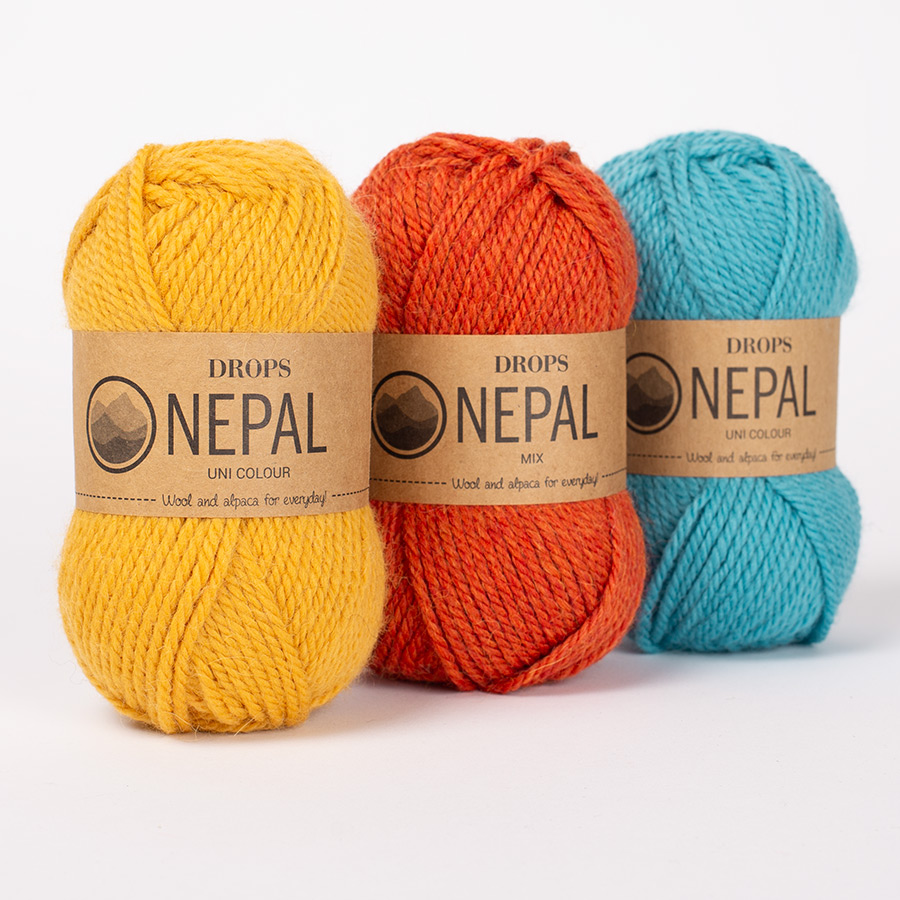



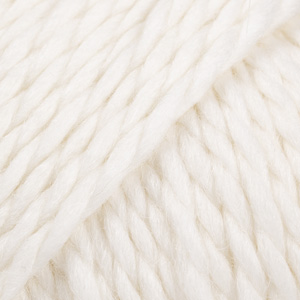



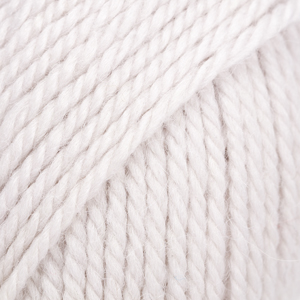






























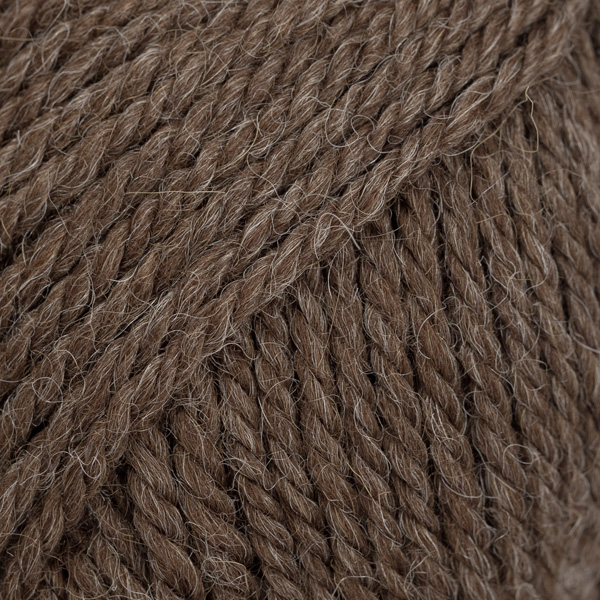





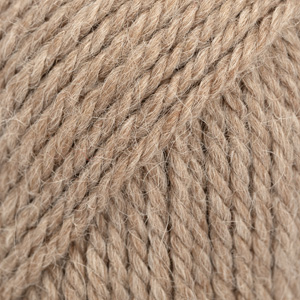
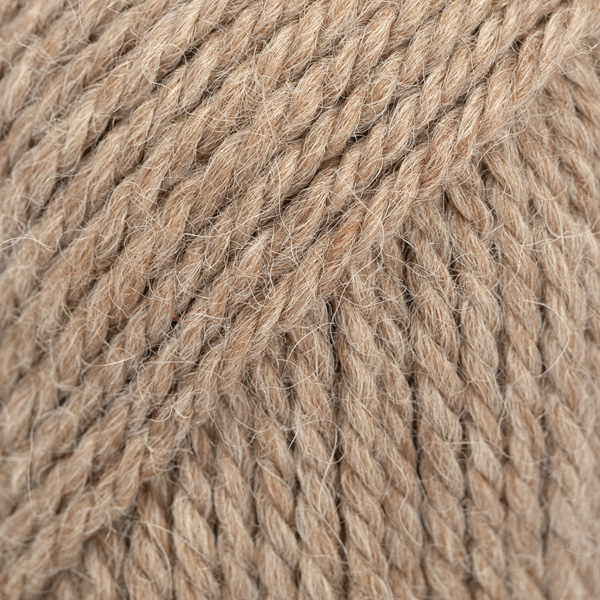







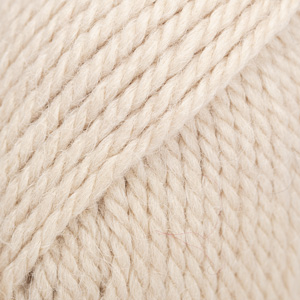


























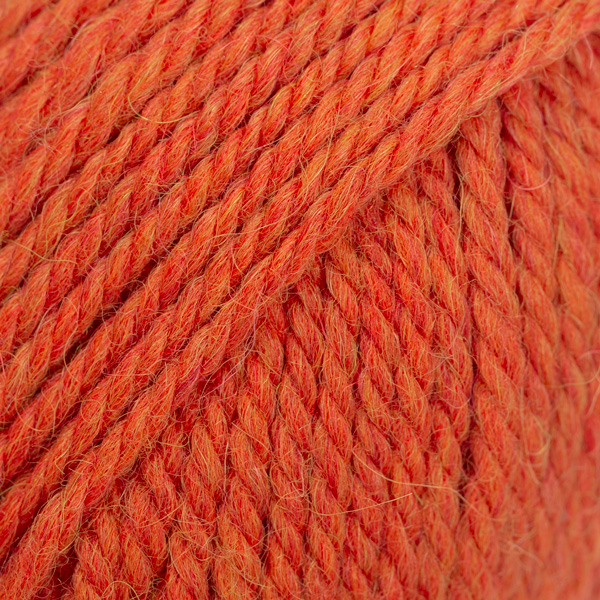




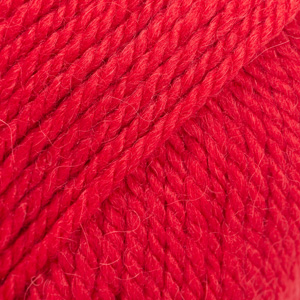





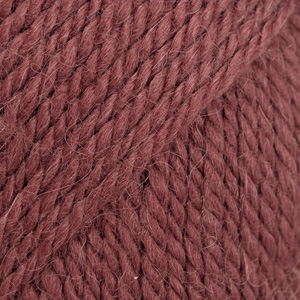






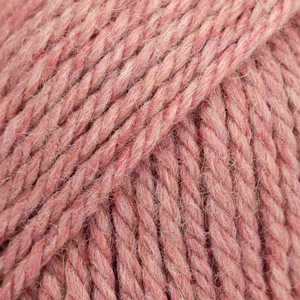

























































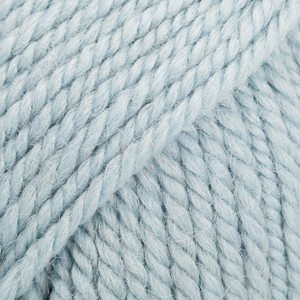




















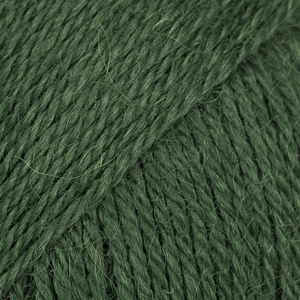
































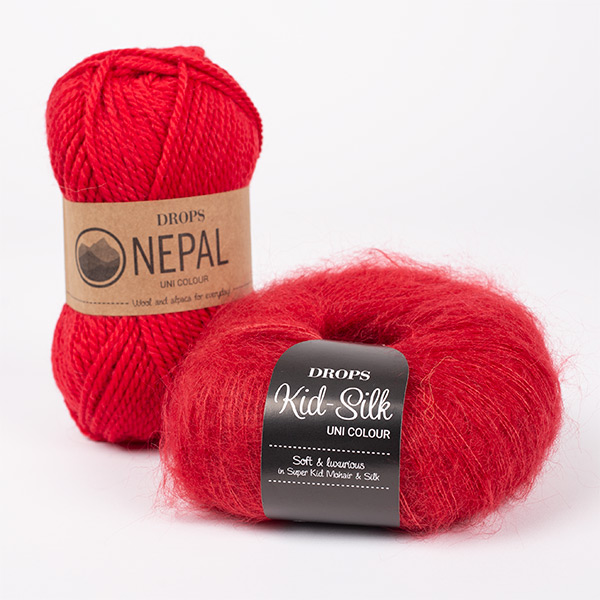
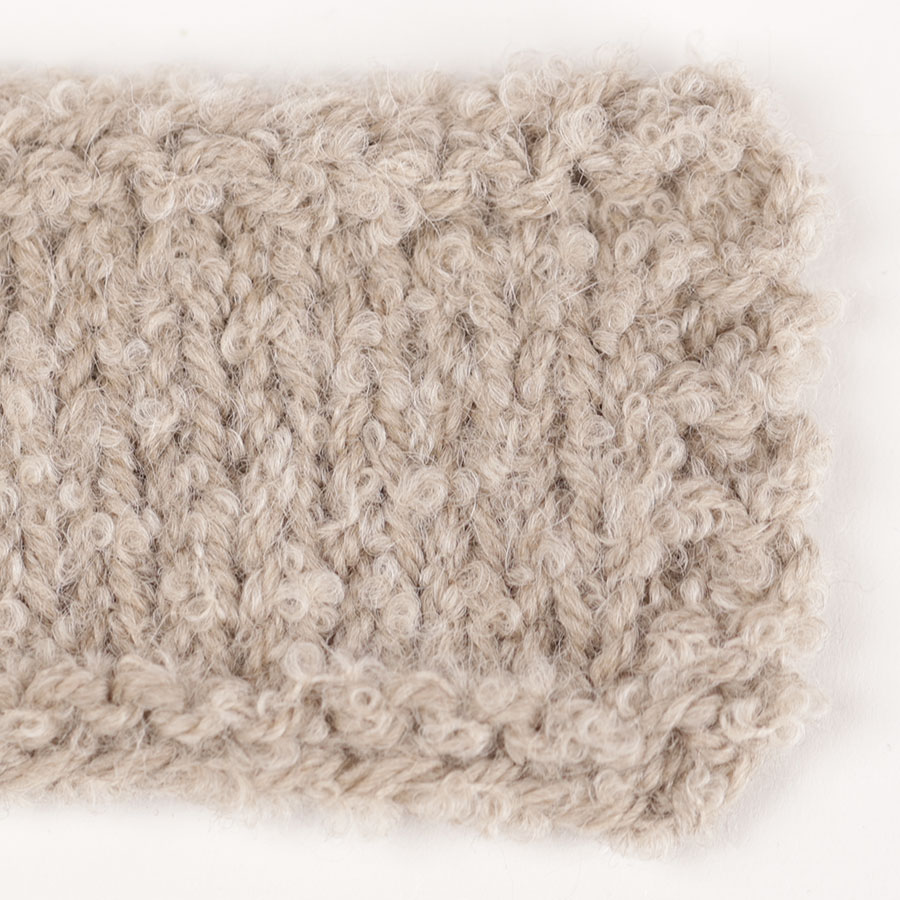







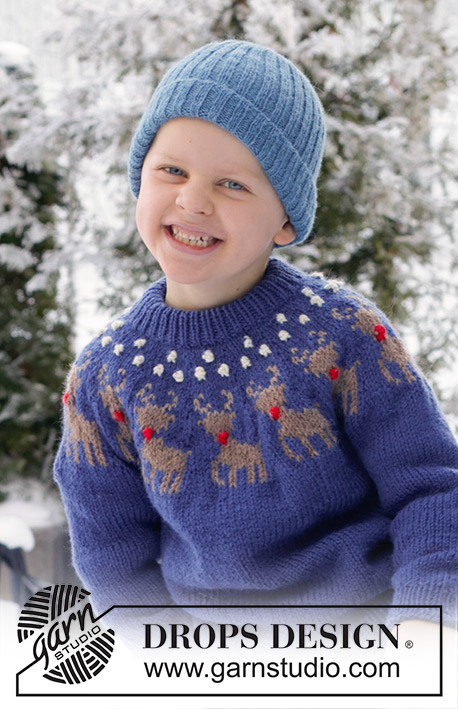
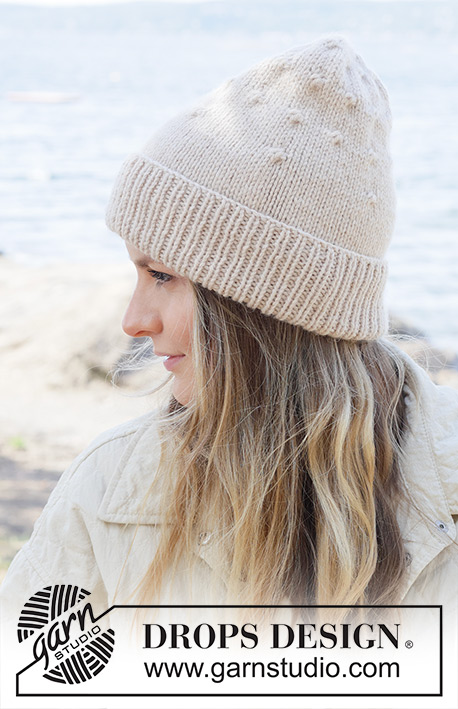










I've knitted a patterned sweater for my husband, but after a few washes, it has been velted en the patterns is almost invisible now. Such a waste of all my time.. I wish I'd chosen another yarn for the sweater. Just a warning here for my fellow-knitters!
14.01.2025 - 13:59